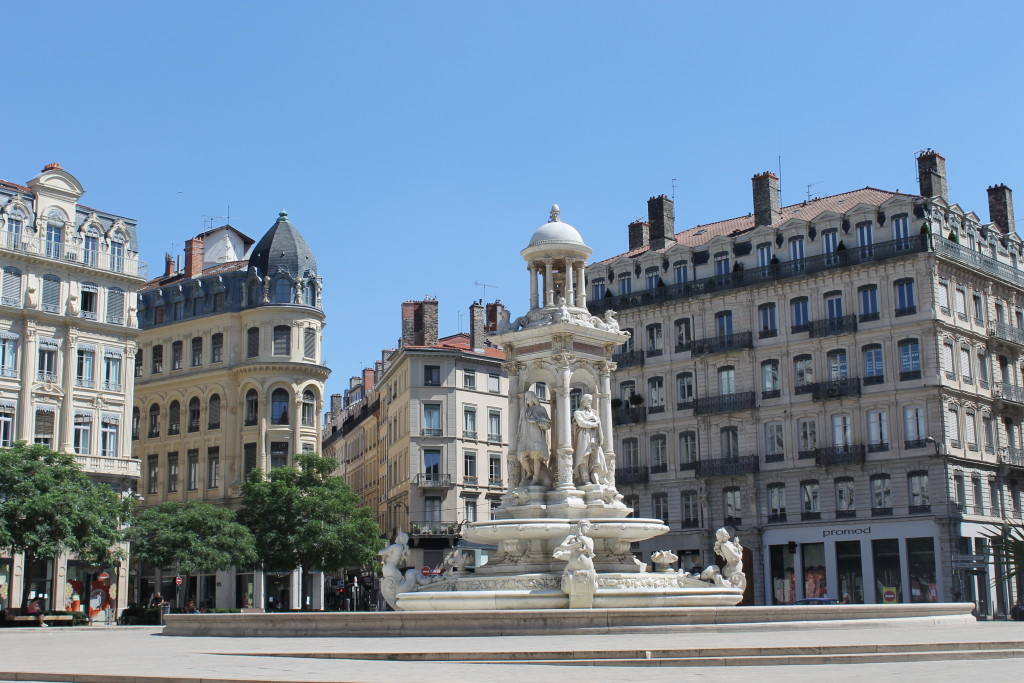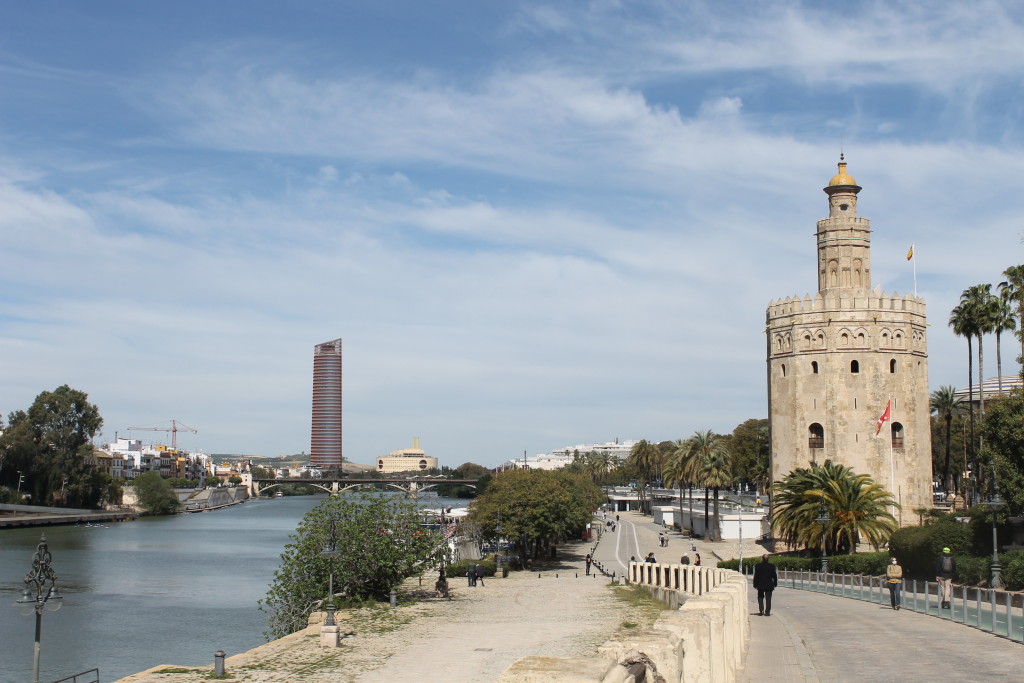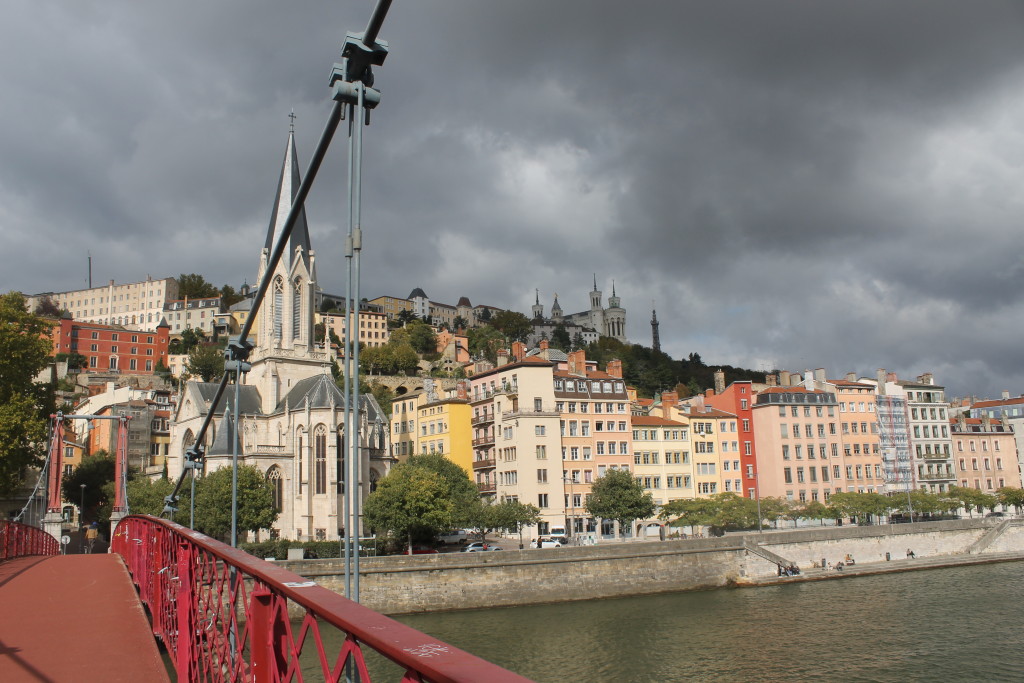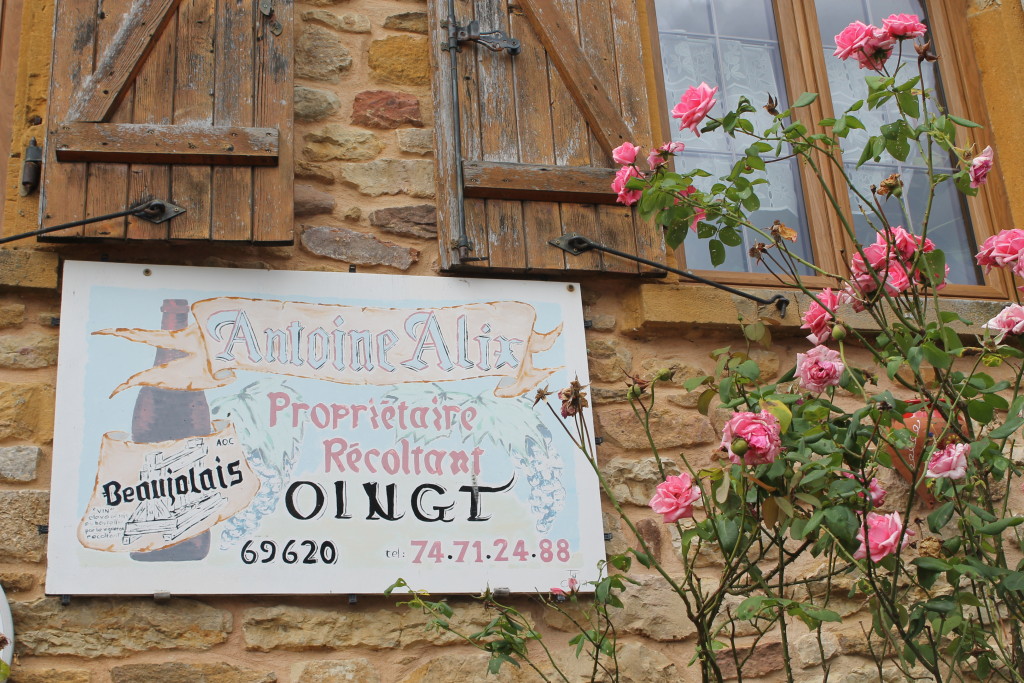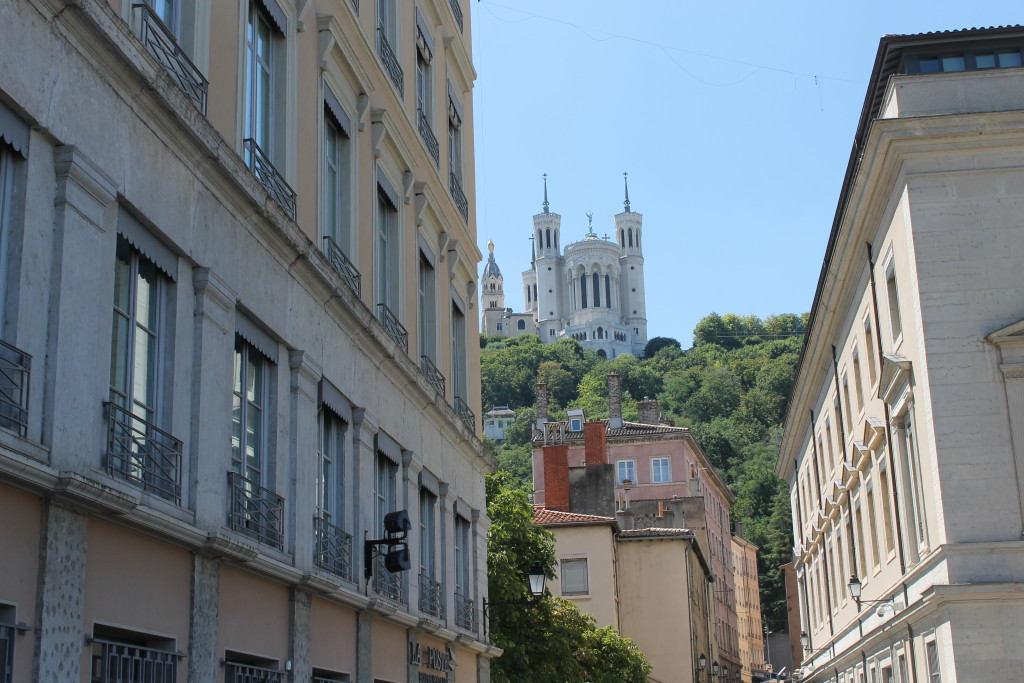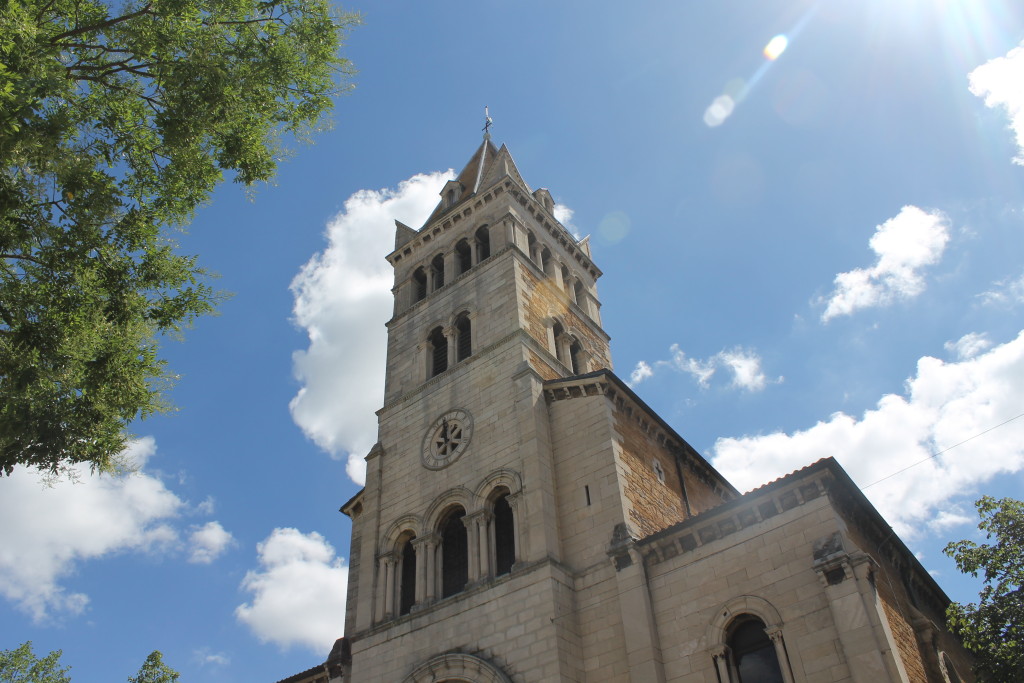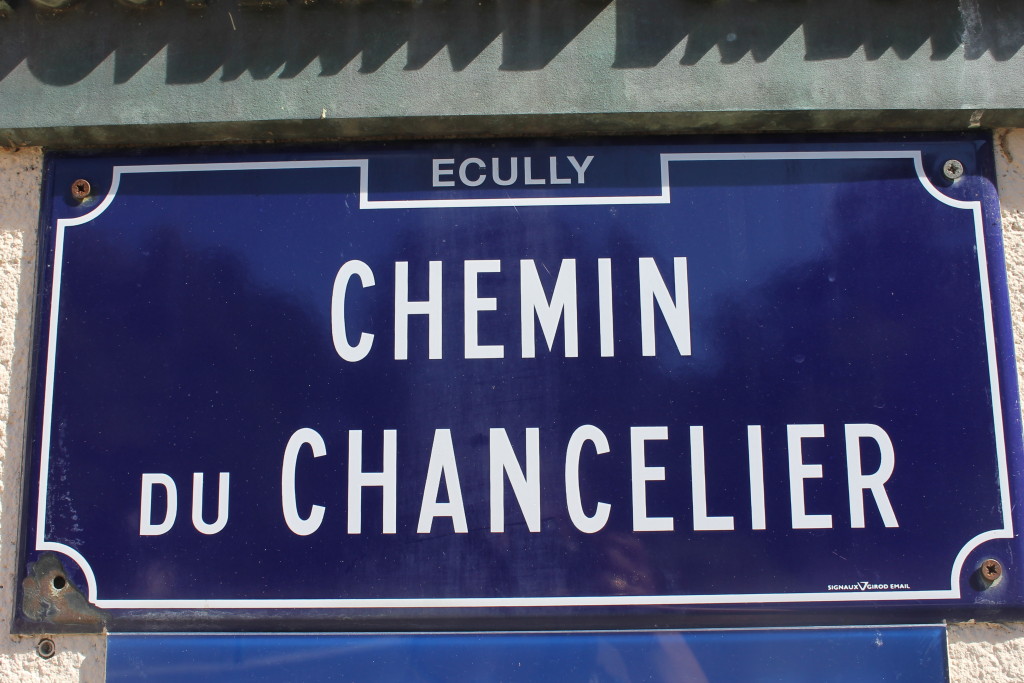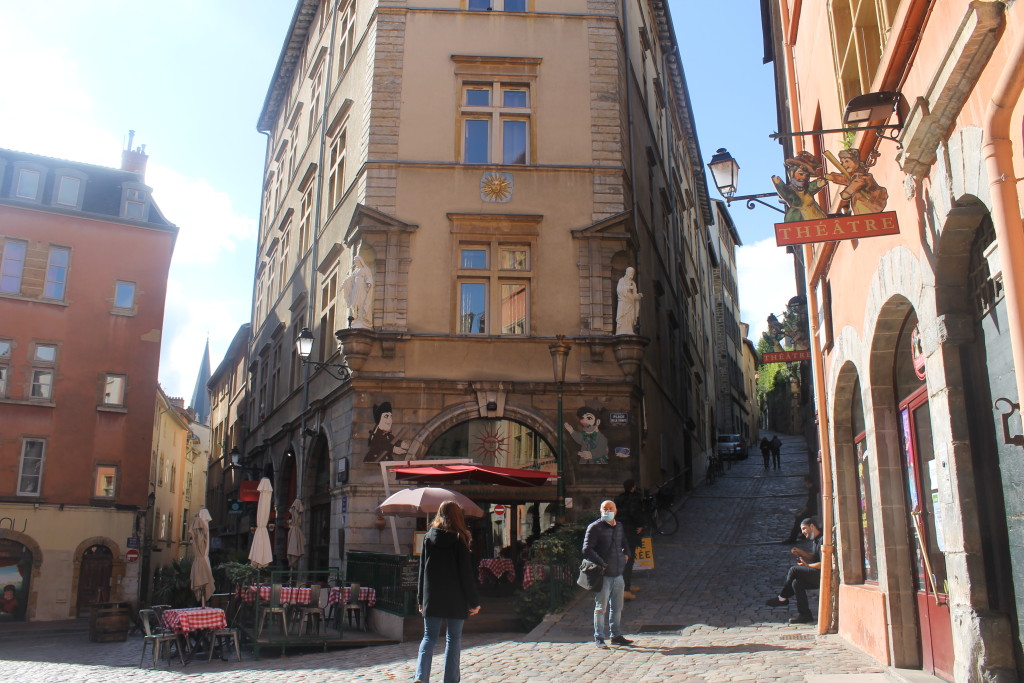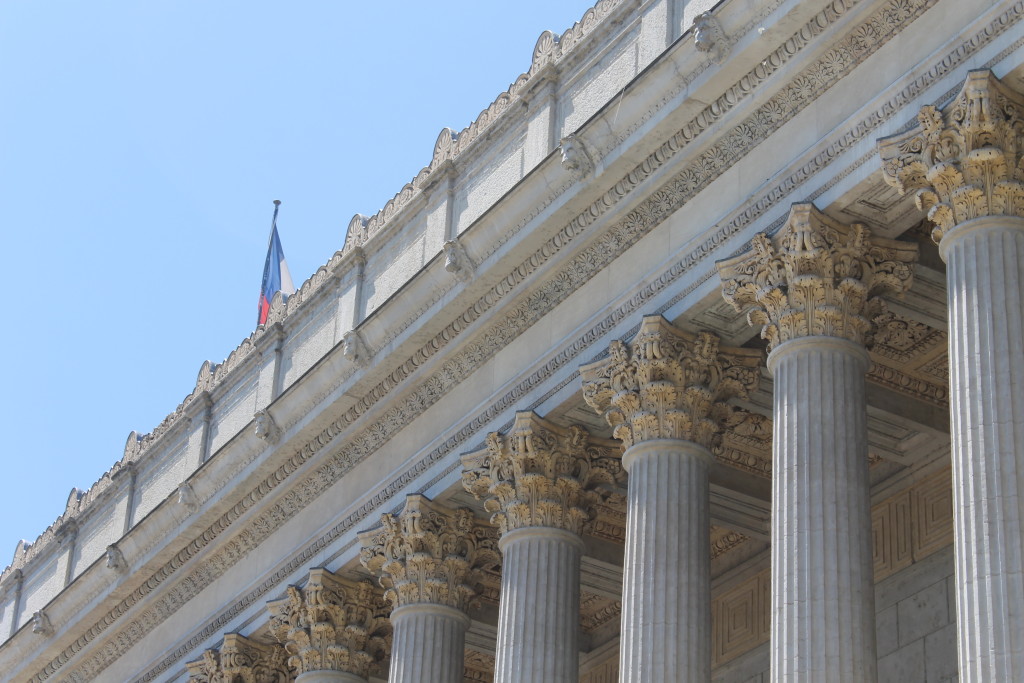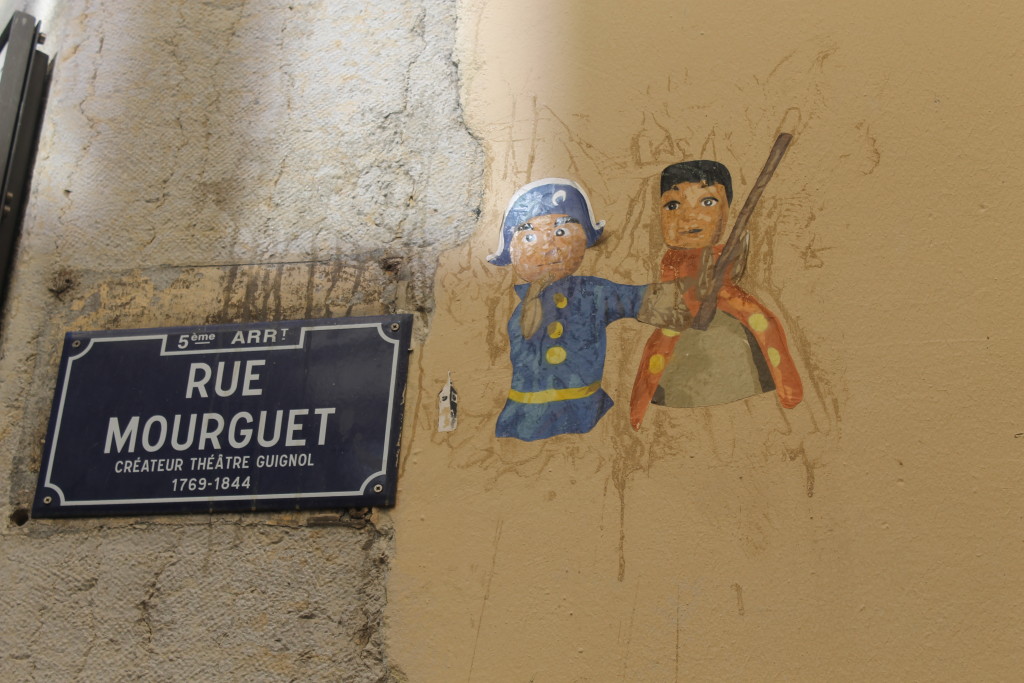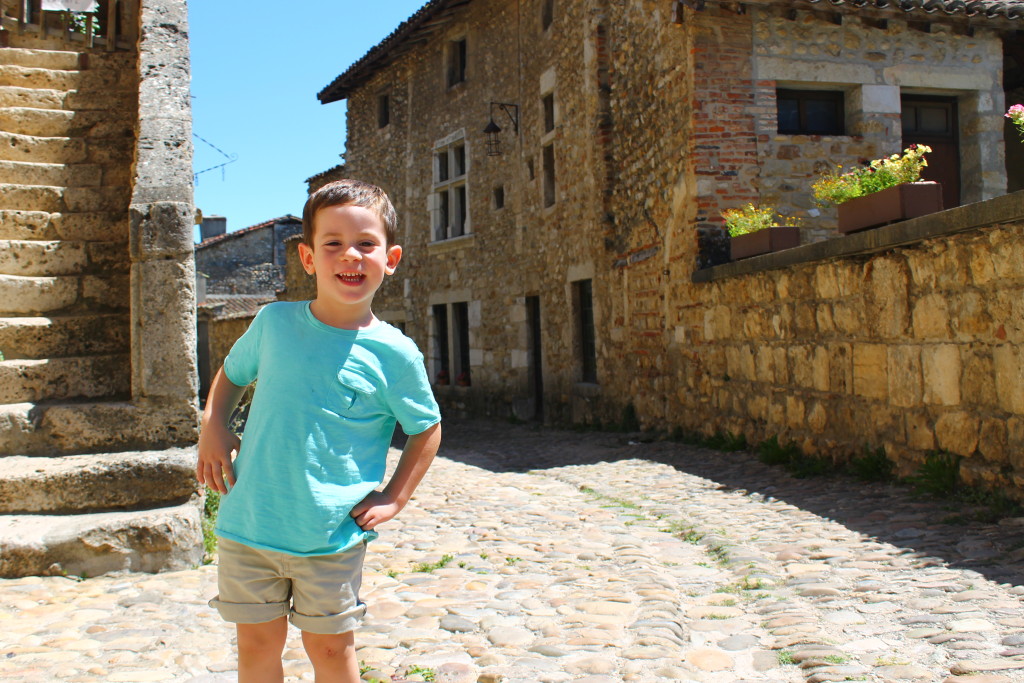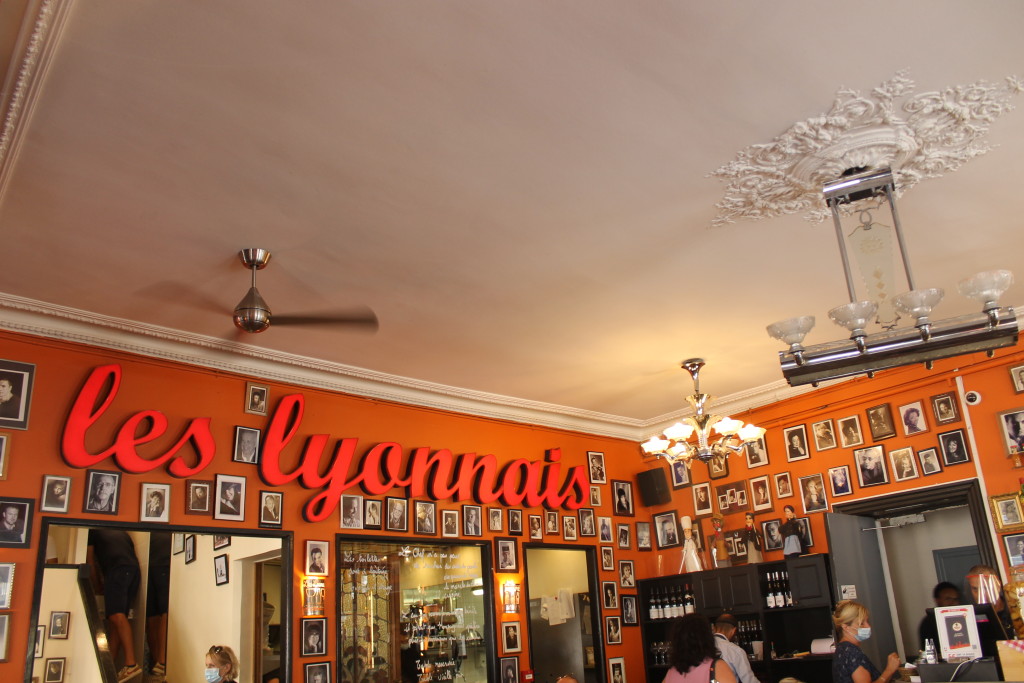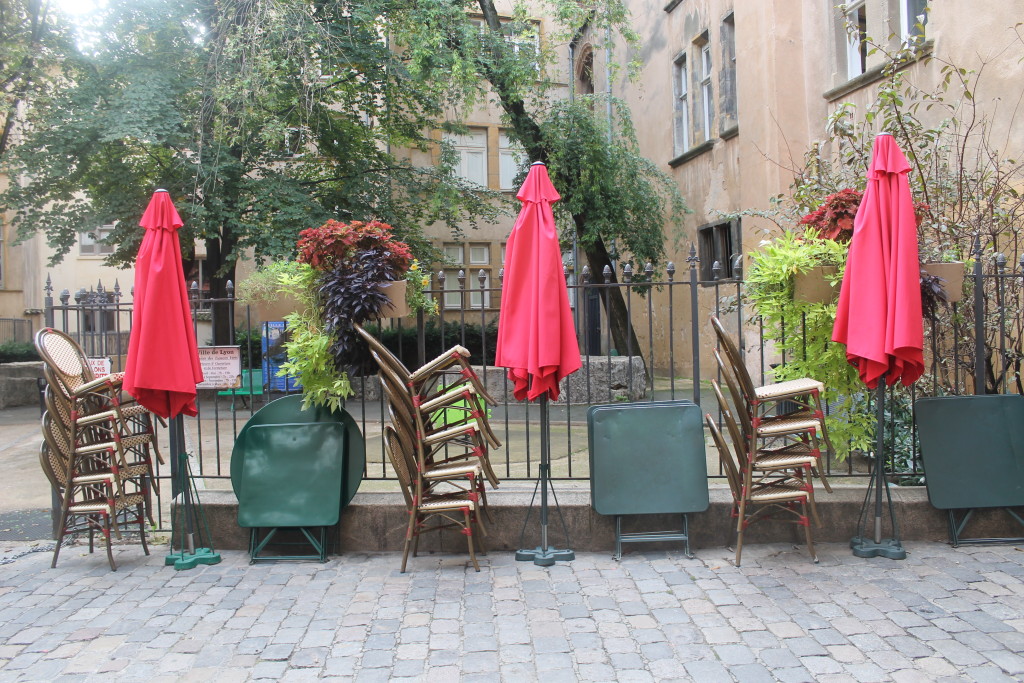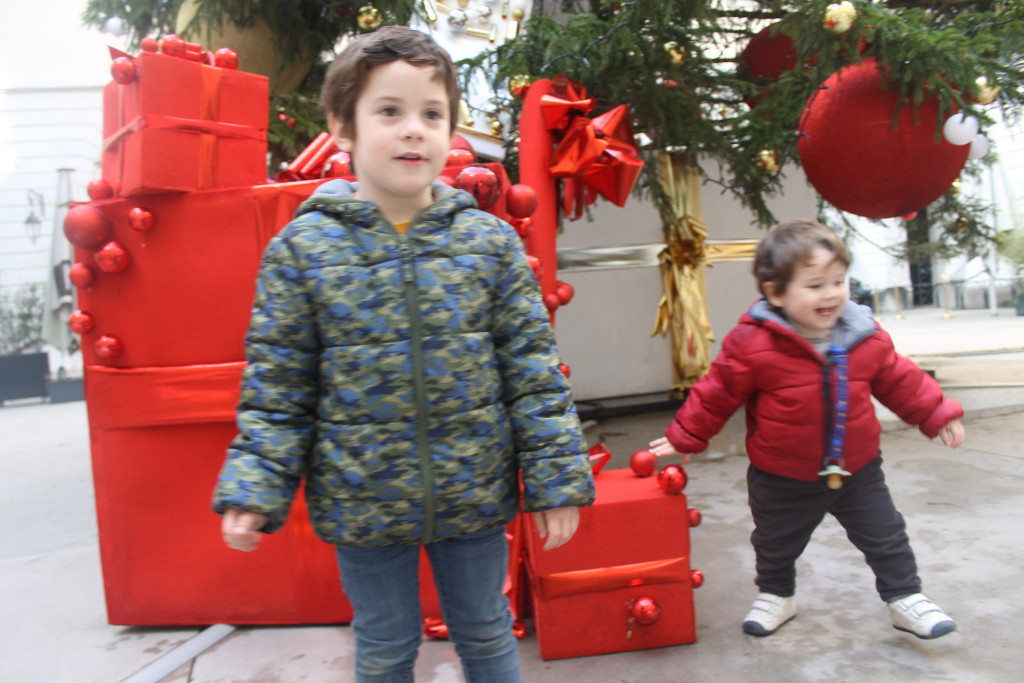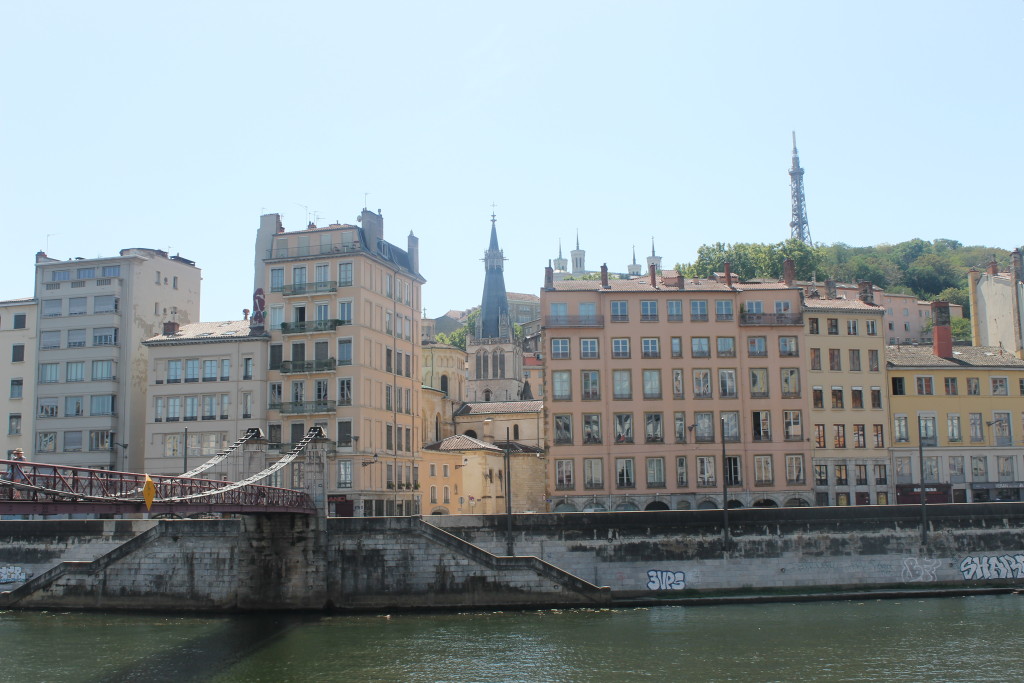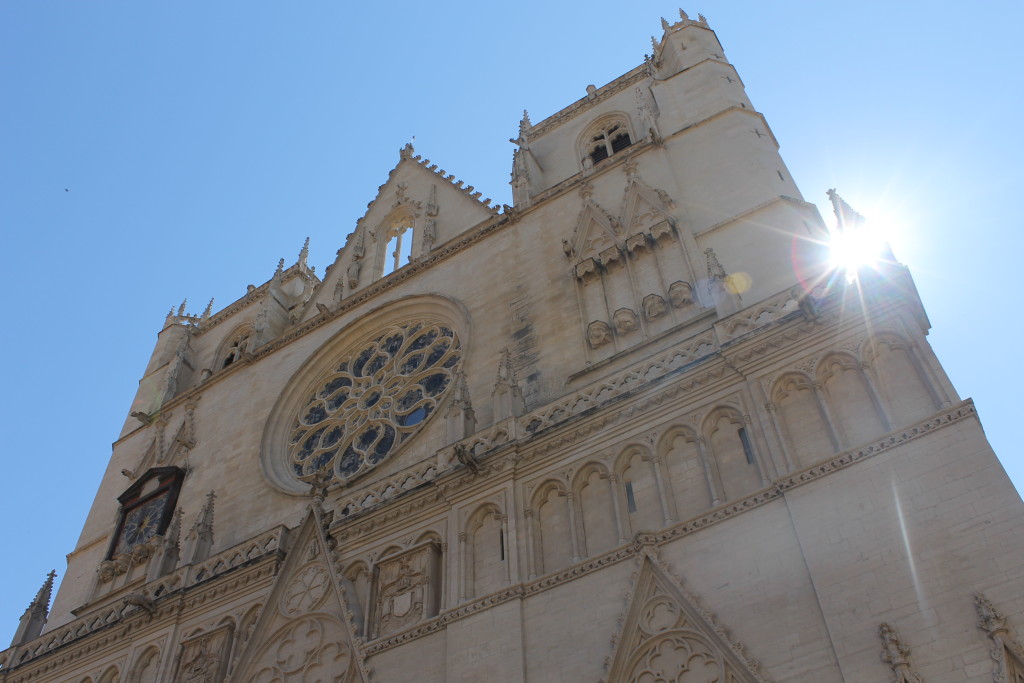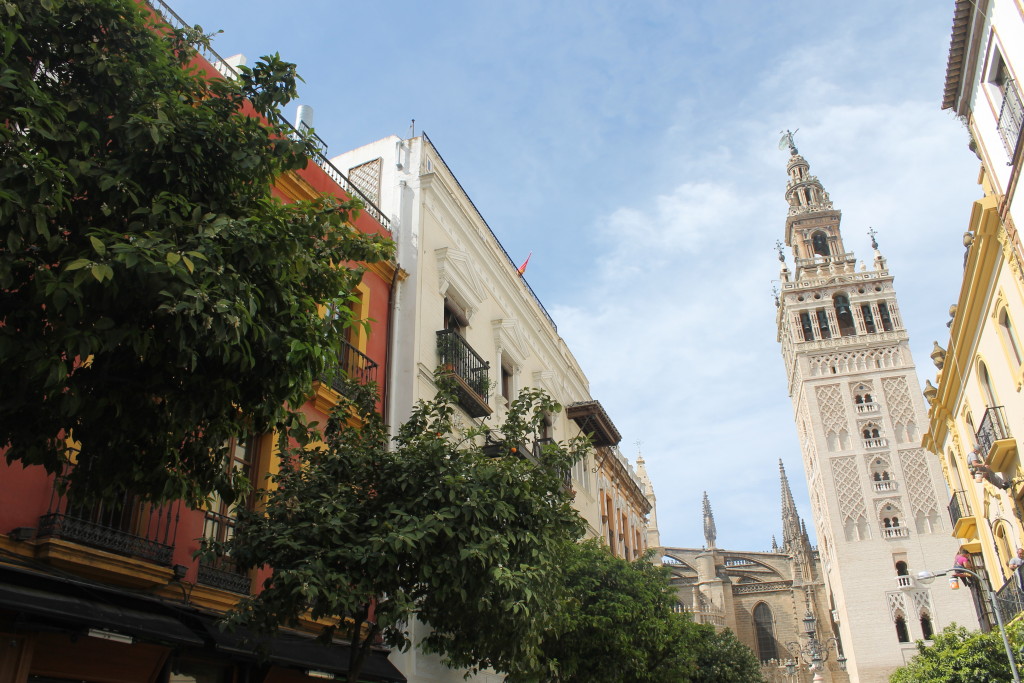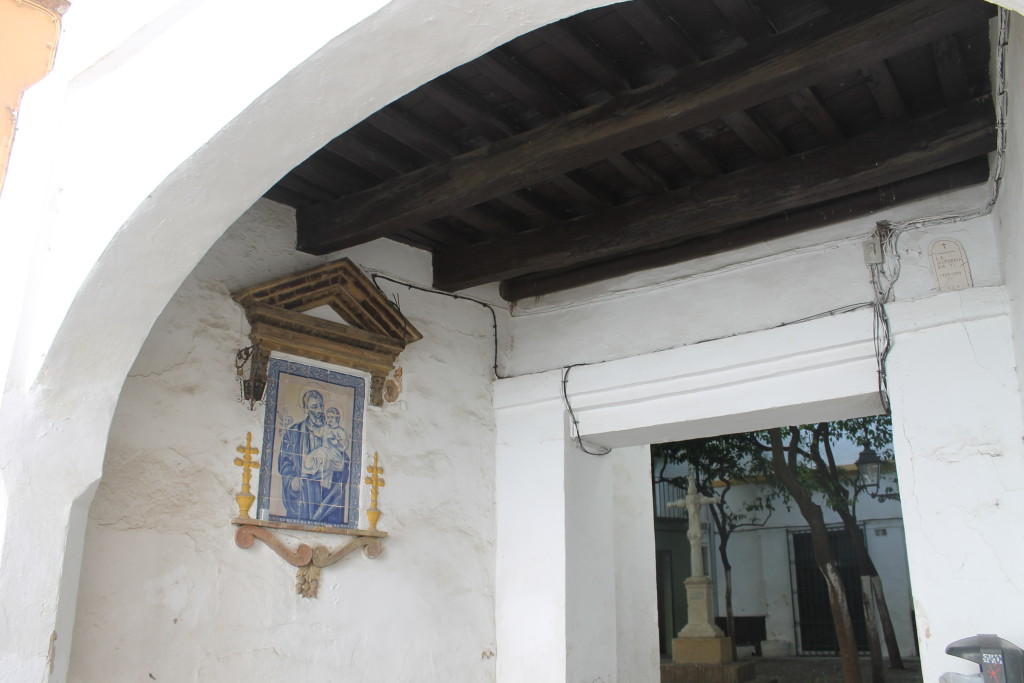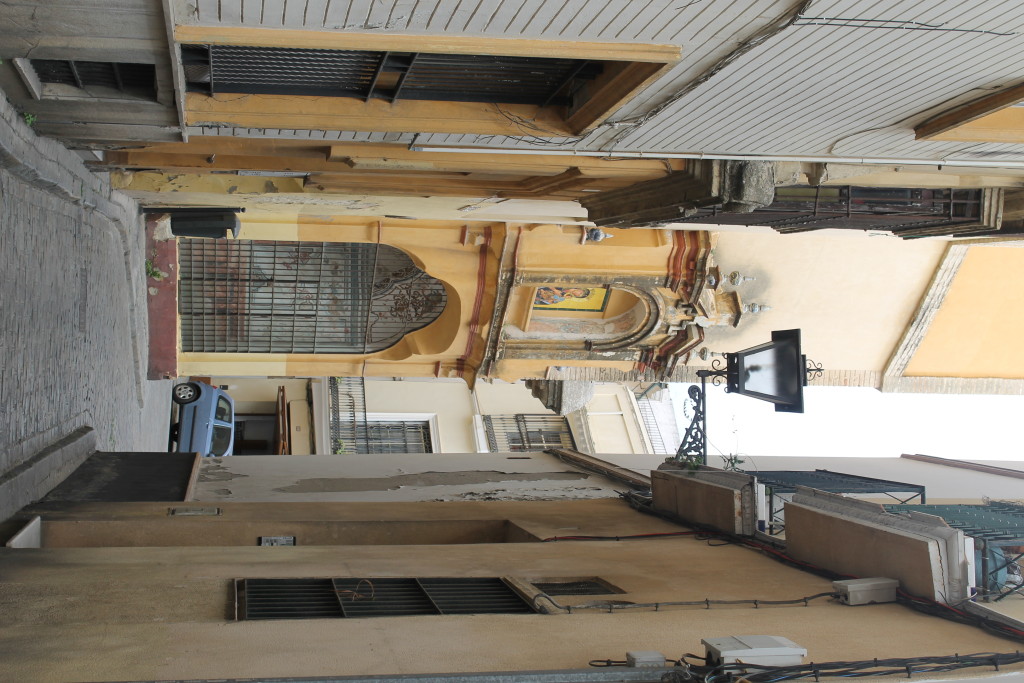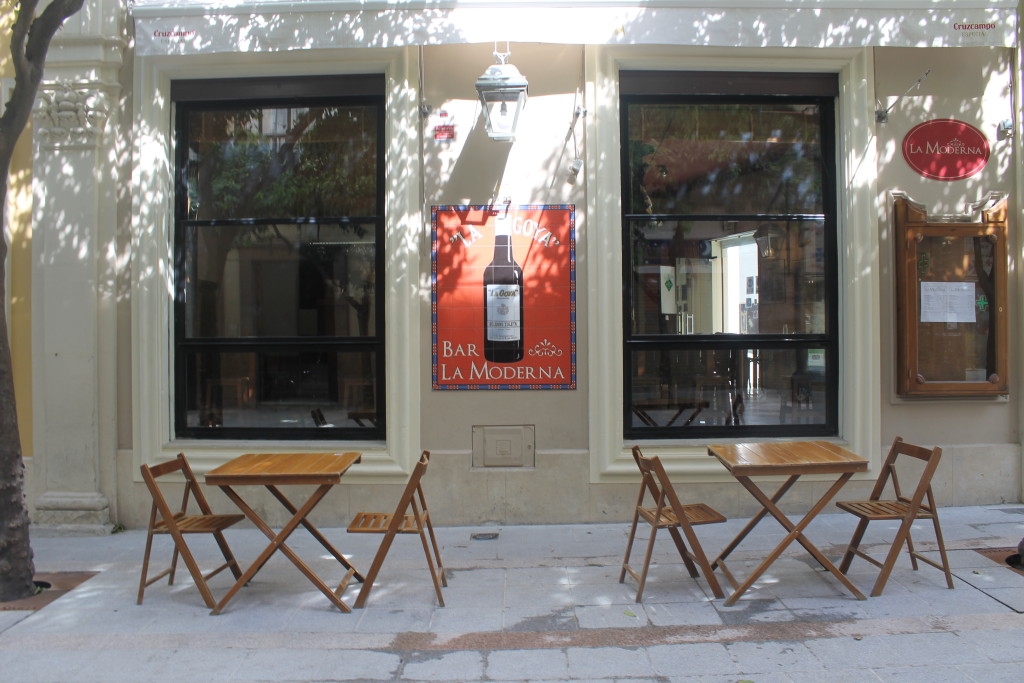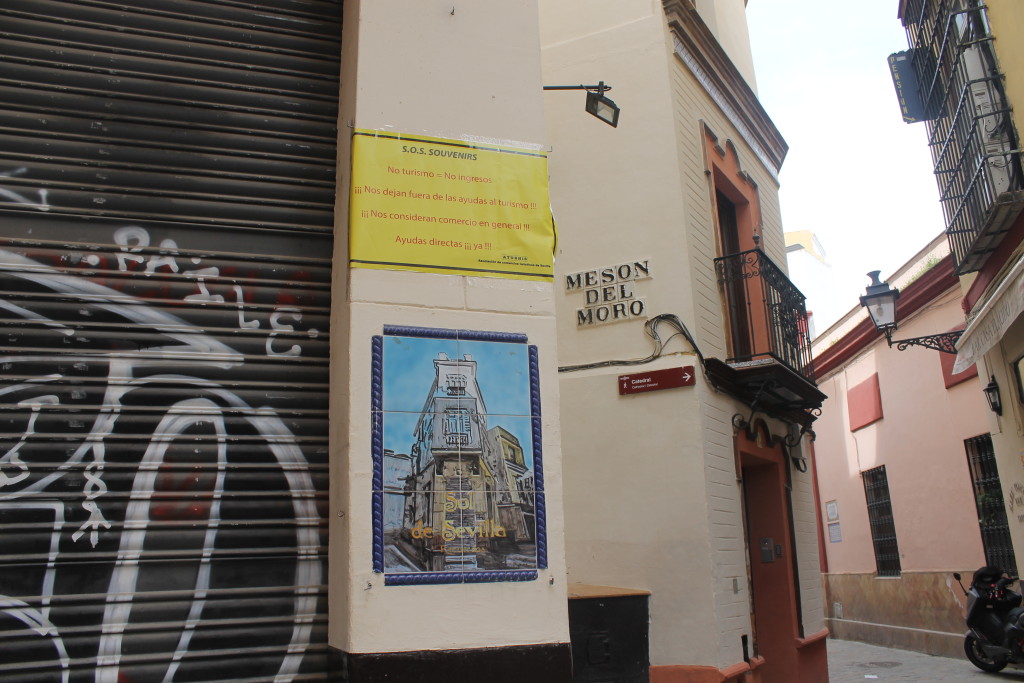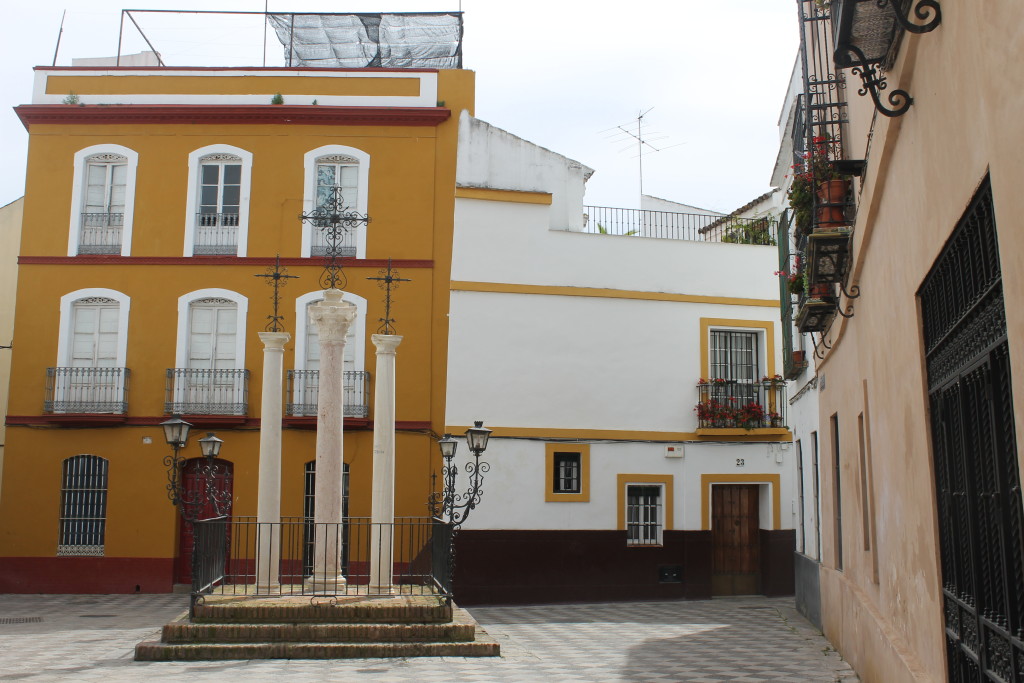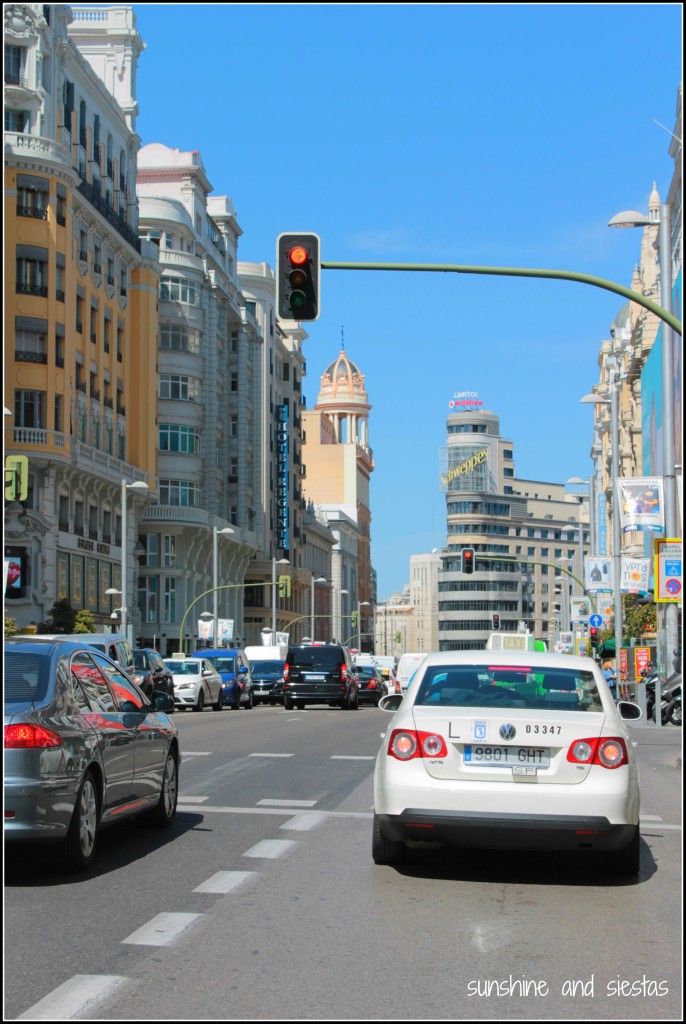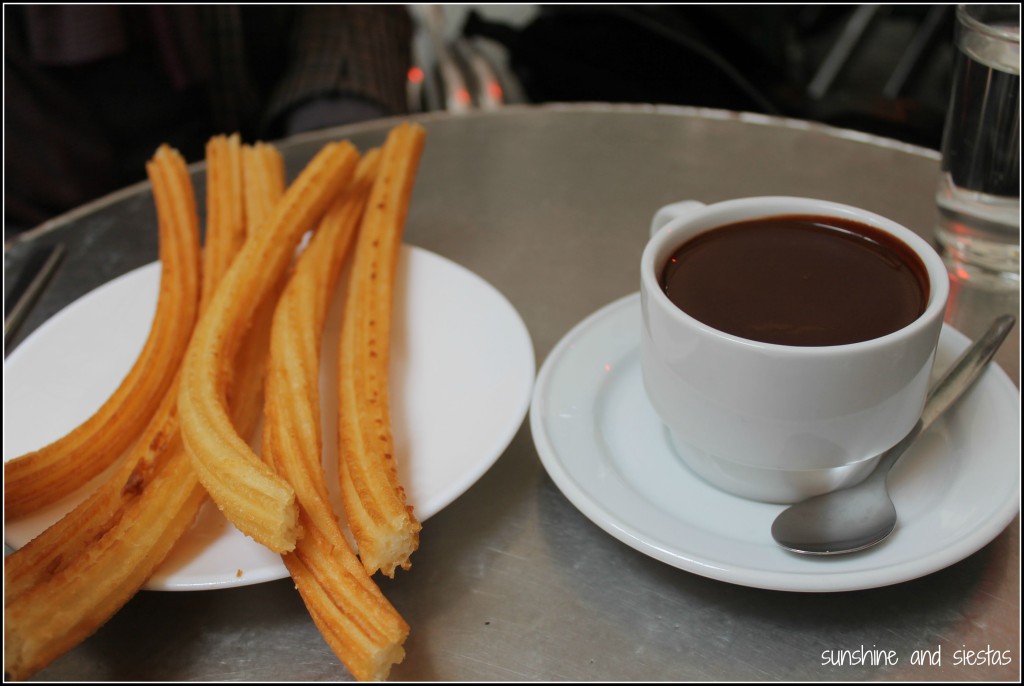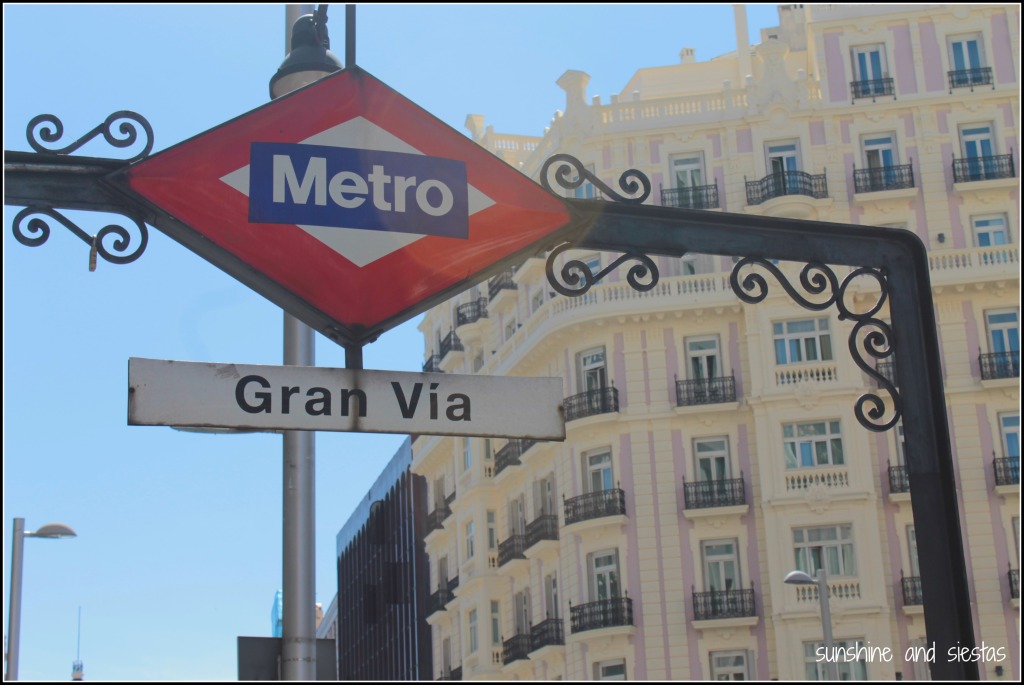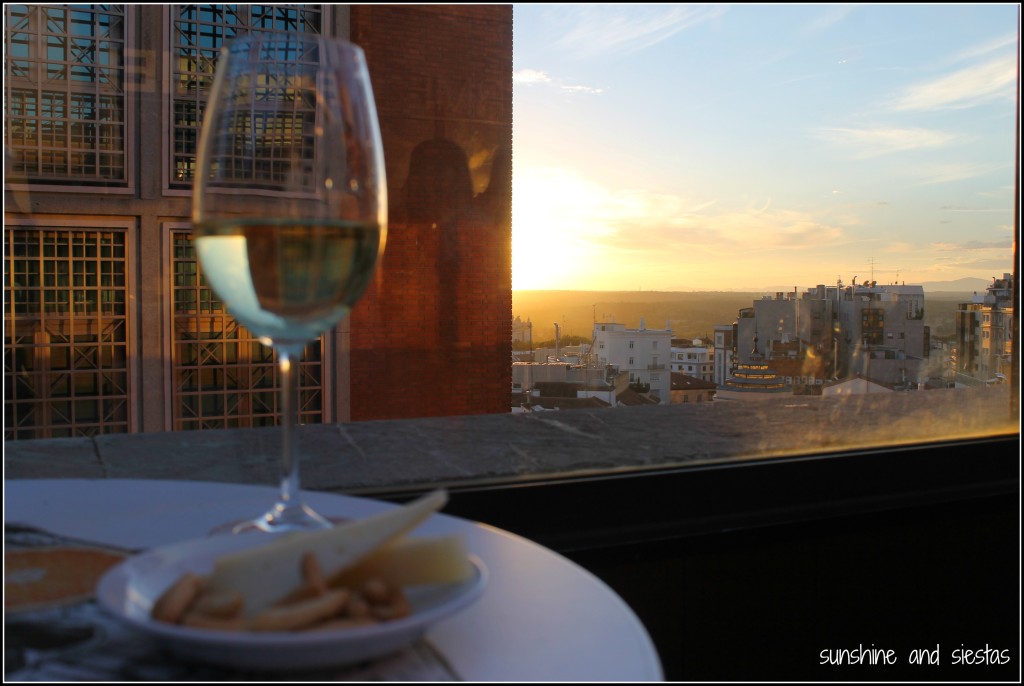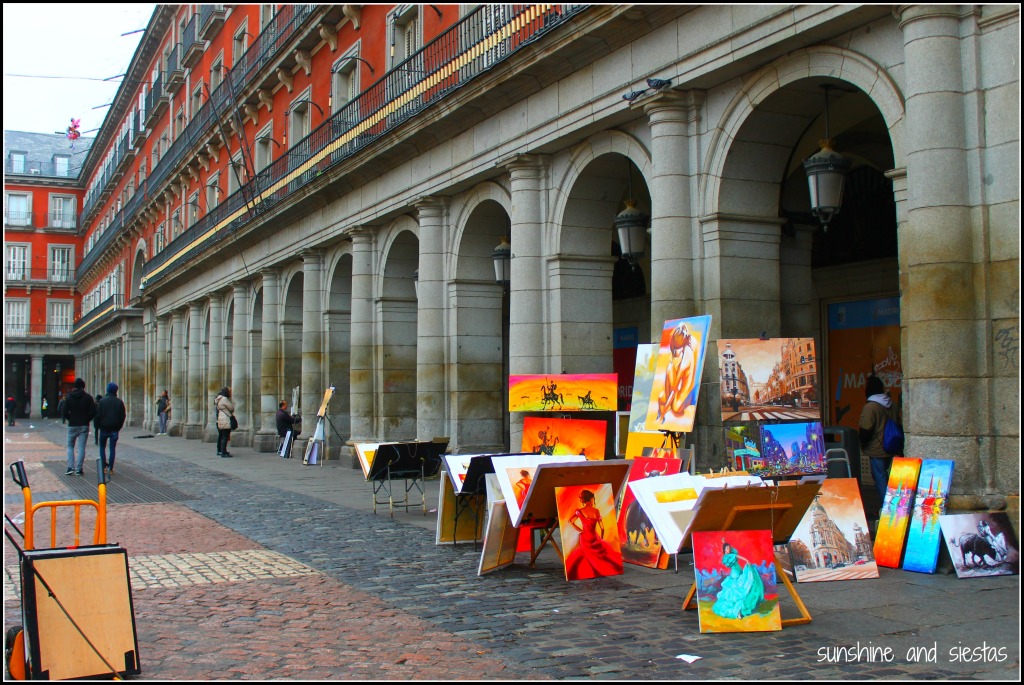The porch lights reflect off the pool shared by the twelve or so villas that surround it. It’s twilight, not yet 6 p.m. on a Saturday, and the low rumble of the muezzin’s last call to prayer and the soft lap of the pool undermines our chatter. Alex has taken the boys to the park with an older neighbor, leaving the adults to a pad of paper to exchange notes on this strange place. Fulanito, I have a feeling we’re not in Iberia anymore.
Well, hi, it’s been a while. Here’s a quick rundown of the last six years: second baby born, new remote role, COVID, move to France and back in six months, knee-deep in motherhood and (mostly) single parenting, and finally the opportunity of a lifetime: three years in Riyadh (pssst: I moved over to Substack for the Saudi chapter. Check out and follow Cat in the Kingdom!).
Our arrival in Saudi Arabia in late September hasn’t exactly been a soft landing, but it somehow hasn’t been that hard, either. And, honestly, once you’ve moved abroad once, you can probably handle just about anything. Even when you’re only equipped with the Arabic word for “after you”, a good sense of direction and the open-mindedness to say, “why the hell not?”
Saudi is wild: it’s a hybrid of the America I wanted to get away from, what with its super highways and strip malls and flashy brands. Yet, it’s somehow peaceful and slow. For more than half a year, we have been sitting on the knowledge that we were about to do a 180 in our lives. And as our plane flew over this vast city upon approach, two months later than we intended to arrive, it was a total pinch-me moment.
I didn’t reveal anything much on social media until we had boots on the ground – I’ve learned in 18 years in Spain that nothing is ever promised when it comes to the government. Here are the most common questions I have gotten in the last two weeks:
Why Saudi?
We juggled the ideas of the United States (and then laughed at ourselves for even considering it) as well as European destinations like Belgium or Germany or Italy.
What it ultimately came down to were two important factors: where will the kids and I feel the safest, and where will we be able to meet our financial goals while not sacrificing the things we like to do? So, again, we laughed at ourselves for considering the U.S.
The Novio heard of an opportunity in Riyadh right around Thanksgiving last year for a three-year stint, working in something extremely similar to what he was last doing as a civil servant in Spain. He interviewed while I was boarding a Florida-bound flight, and we found out in early February that he had been selected and our process had begun. I won’t get into specifics out of respect for his privacy, but the conditions were superb, so I didn’t hesitate to tell him yes, go for it.
What’s more, the Novio speaks Arabic and has always expressed interest in living in a country where he can speak it on a daily basis. That said, English is common place – from the road signs to the people you encounter. We took the kids for burgers last week, and my husband tried to order in Arabic. The cashier simply said, “Sir, I am from Ghana and do not speak Arabic.” In a city like Riyadh, where the non-native population hovers around 40%, I have not had too many difficulties asking for help or communicating.
How are the boys adapting? What are they doing for school?
The last few years have been a lot of upheaval for us, starting in January 2023 when my husband moved to Madrid for work, and I decided to tough it out alone in Seville so that their grandparents would be nearby and they wouldn’t have to change schools. It was a lot to handle on my own, and I didn’t do it very gracefully. Then, my mom died suddenly, my dad had two big health scares, and the grief consumed me whole. I went to sleep before midnight on New Year’s Eve and sobbed for having survived it.
I saw 2025 as a total do-over to be better, healthier and brighter for my kids, and to help them through this transition. Having been in an international school in Seville, they both speak and understand English and are used to friends coming and going. That said, it’s been a shock to their system. We have moved from their childhood home to a temporary apartment down the street to a compound for 10 days until we finally got our residency numbers to be able to settle into a new apartment. They had a few days before starting a new school.
In Saudi, we chose to take them out of the French system so that they could focus on English; the school we found – thanks in no small part to my office’s CRM – offers Spanish for native speakers, too. For the most part, they like their school. They do not like having to take the bus an hour each way or the 7:15 start time.
There have been a lot of tears, more bickering and phsyical fighting and attitude. I don’t know how I could have prepared them better for this but know we’re in for the same when we finish this chapter and go back to Spain. With two pre-teens in tow.
Compound or apartment? What ammenities do you have?
My ultimate dream when having kids was to have a yard where they could play (or to where I could send them if I needed a minute to myself), and compound life was set to give me that dream in a detached villa. Reality usually comes back to kick you in the culo, right?
Traffic (and traffic rules) are insane in Riyadh. We chose our compound based on the distance from the boys’ school near the financial district and the availability of a bus route, and my husband’s workplace in the DQ. We also wanted to stay closer to the median of our budget.
When I began sending inquiries, I was shocked at the prices – many of them were more than I make in a year before taxes. I began using Instagram to check out places and get a feel for the communtiy in each one, and we came to a short list of five.
Housing is hard to come by in compounds, despite a huge surge in the foreign population and building projects (this entire city is a construction site). Many of the places we had on our short list could not tell us about availability so far out, or they required a full year up front. My husband only toured our top choice, Azure Hittin, and signed a pre-contract to move in at the end of September.
From the few days we have been here, I think we chose well. The apartment is just a squeeze smaller than our home in Seville, has a small balcony that opens onto a garden, and each kid has their own bedroom. There are padel and basketball courts, an insane gym, four pools and a small supermarket, plus a game room and playground for the kids.
How are you filling your days?
Dude, shuffling the kids to the bus at 6:30 a.m. and having a whole day in front of me with nowhere to walk to and no meetings to log in for has been a big change. My company would not retain me remotely due to data concerns. It took me some time to come to terms with leaving not quite on my terms; I asked for a leave of absence for three years according to the family care provisions that Spanish companies must give you by law.
Many women in our compound are in a similar situation, so there are coffee dates and meet ups and people at the pool at all hours. For now, I am prioritizing getting the house organized, catching up on emails and podcasts and rest, enjoying SILENCE after a whole summer of the kids with me 100% of the time. I have some standing invitations for coffee with other connections around the city – but there is plenty of time for that. I’m also looking forward to delving into some learning and some projects that have been on hold for several years.
Is it really as hot as they say?
Yes and no. Riyadh is so close to the equator that the sun is only 12 hours (this sent me into a tizzy the first week, as I am used to it being dark only after dinner in Seville!), but the nights don’t cool off that much. We have our A/C on around noon and set to 27º until bed time, but today’s high is 31º, and the low is 22º.
That said, I am getting out of here once the kids are done with school in late June! Temps stretch into the 50s.
When is your storage container coming?
No comment. We’ll be fortunate it it comes before Christmas; apparently the summer months are heavy transit times, so our late-coming paperwork pushed back the arrival to port date.
We made a trip to Amazon 5.75, Saudi’s version of a bazaar, and have been getting things on Amazon, so the four suitcases’ worth of content will have to do for now! Fingers crossed my moka machine arrives in the coming days, because the instant coffee is not cutting it. Everything else, I can wait for.
Recently, at a dear friend’s belated birthday celebration, her hippie friend brought out a deck of animal tarot cards. While I scoffed as the other guests drew a card, I got curious and drew a praying mantis. This, of course, sparked a lot of giggles and a not-so-amused look from my husband. But Espe read that a praying mantis is an animal that waits for the universe to tell her when and how to strike. Fitting, I think, for someone who is experiencing the violent jump from hustle culture (hello, I worked full-time and then took care of running the kids around and the household) to have nine hours a day just for myself.
I moved over to Substack for the Saudi chapter. Check out and follow Cat in the Kingdom!) I’ll definitely be posting on instagram (you can follow me here) and getting out more soon – and there are no pictures on this post due to, I’m assuming, the VPN.



